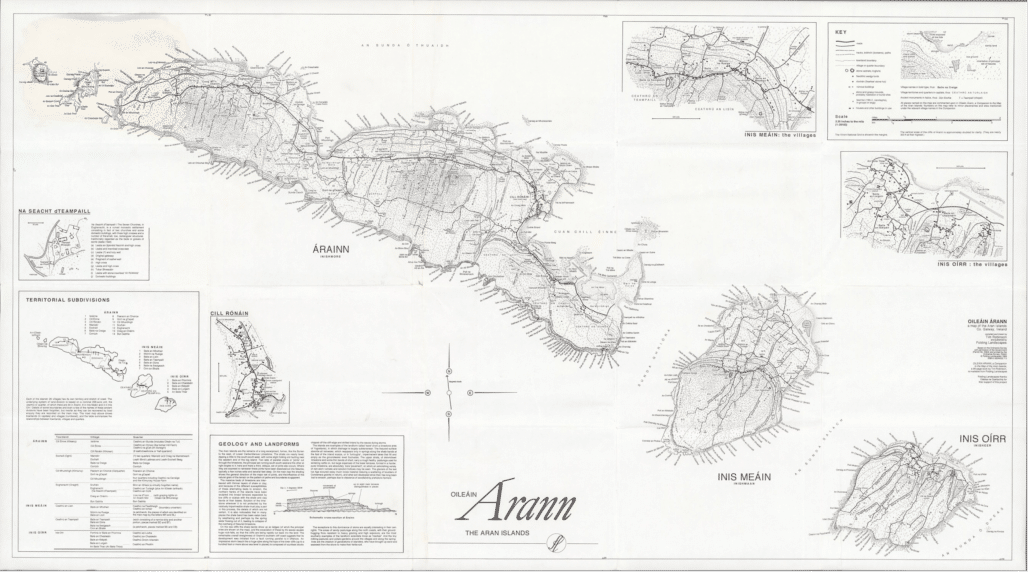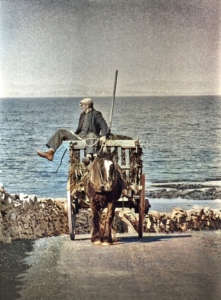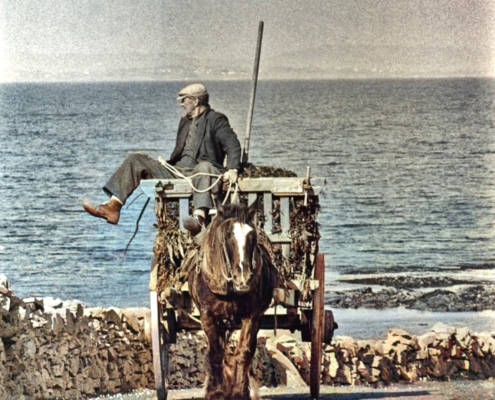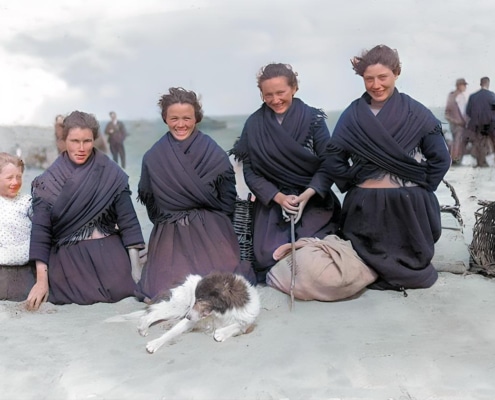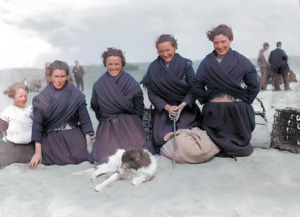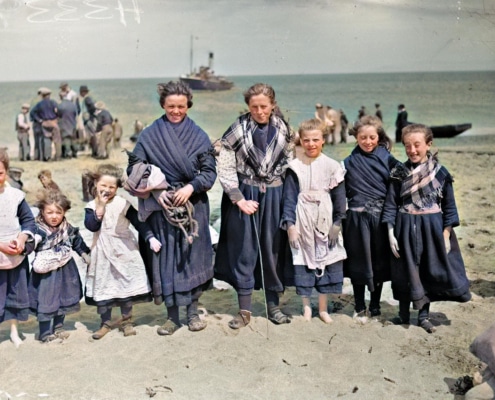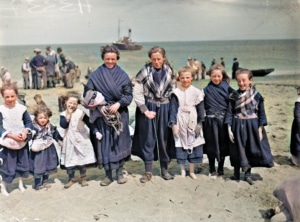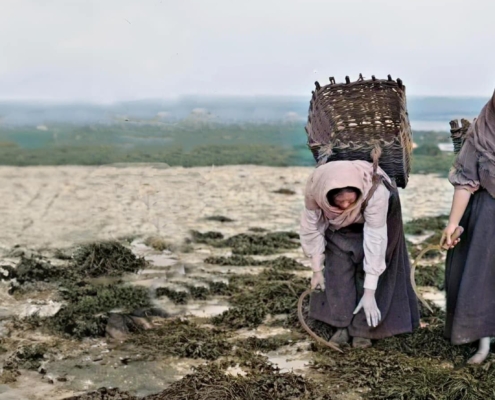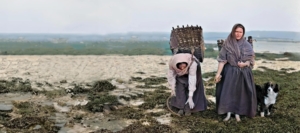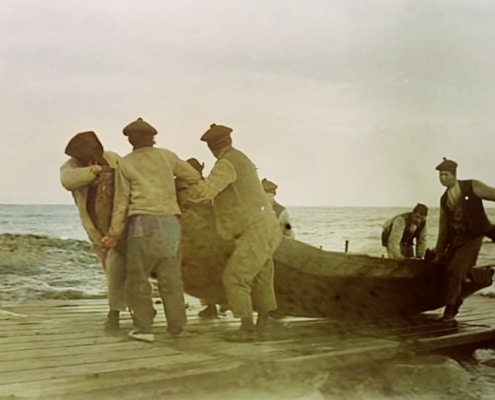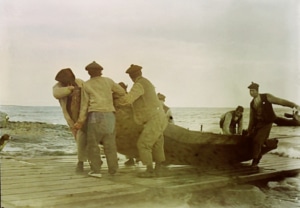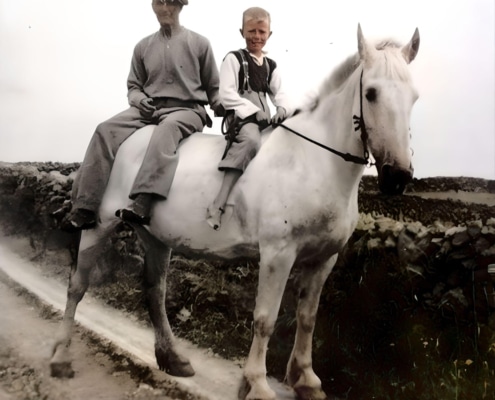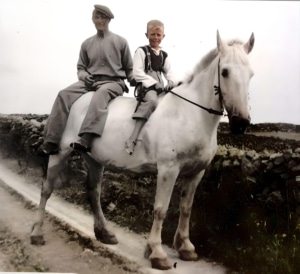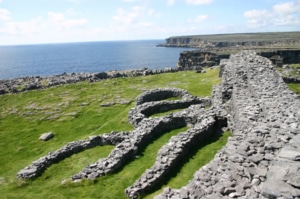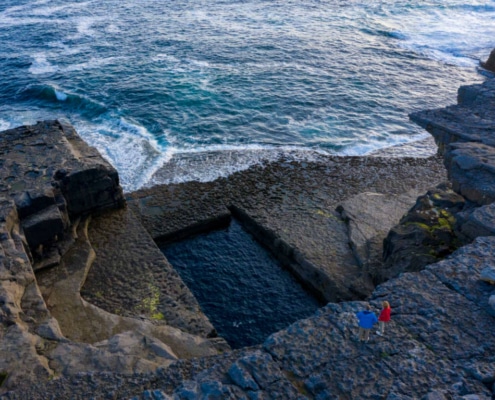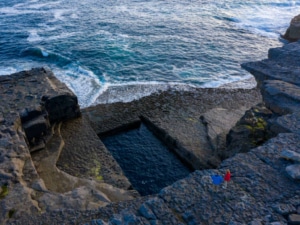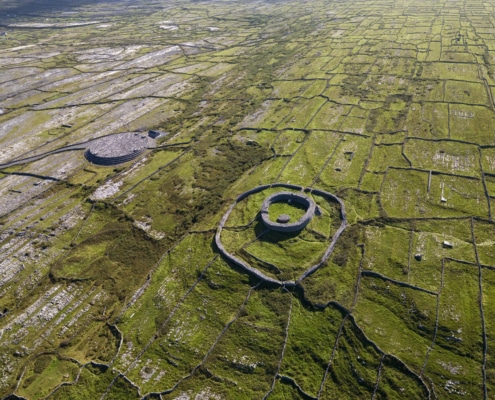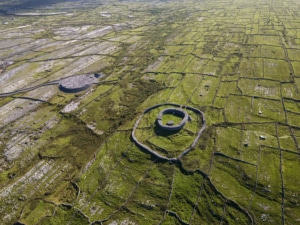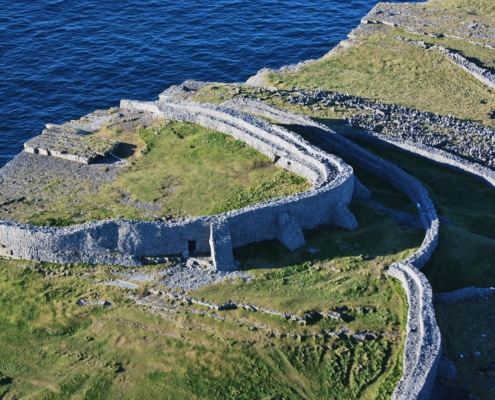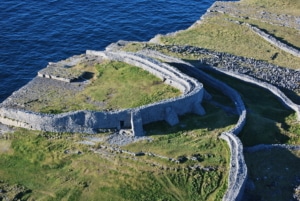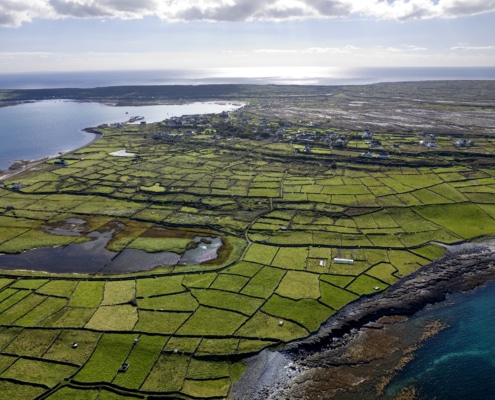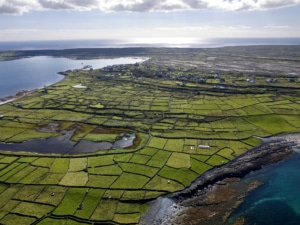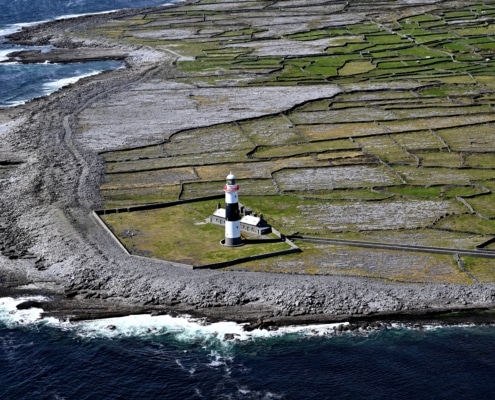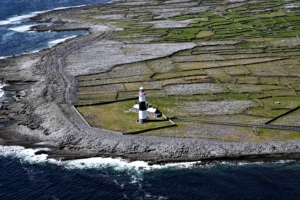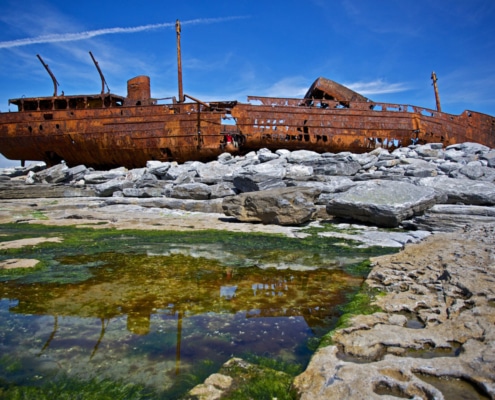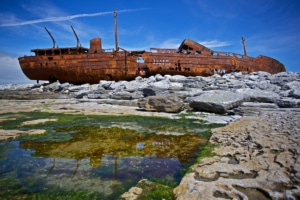Living with the Land and Sea
The Aran Islands, located off the western coast of Ireland, have a rich history that dates back to prehistoric times. These islands, consisting of Inishmore, Inishmaan, and Inisheer, have been inhabited for thousands of years, and their history is deeply intertwined with the surrounding seas and the rugged landscapes that have shaped the lives of the islanders.
The earliest evidence of human settlement on the Aran Islands can be traced back to the Neolithic period, around 4000 BCE. These early inhabitants left behind megalithic structures, such as the stone forts and dolmens, which still stand today. These structures were likely used for ceremonial and defensive purposes, reflecting the islanders’ dependence on the land for protection and sustenance.
In the early centuries CE, Christianity reached the Aran Islands, and monastic settlements were established by saints such as St. Enda on Inishmore. The monastic communities thrived on the islands, and during the Middle Ages, they became centers of learning and religious devotion. The monks depended on local resources, practicing agriculture, fishing, and animal husbandry to sustain themselves.
In the following centuries, the Aran Islands faced numerous challenges, including Viking raids, English colonization, and the devastating effects of the Great Famine in the mid-19th century. During this time, the islanders’ dependence on local resources intensified as they struggled to cope with limited arable land, harsh weather conditions, and isolation from the mainland.
Throughout the centuries, the people of the Aran Islands maintained a traditional way of life, relying heavily on fishing, farming, and the breeding of livestock. Sheep were particularly crucial for their wool, used to create the renowned Aran sweaters, known for their intricate patterns and warmth.
The late 19th and 20th centuries brought significant changes to the islands. Improved communication and transportation, including regular ferry services to the mainland, opened up opportunities for trade and tourism. Modern amenities, such as electricity and telecommunications, gradually became available on the islands, transforming daily life.
Today, the Aran Islands attract visitors from around the world, drawn to their rugged beauty, historical sites, and unique culture. Tourism has become an important source of income for the islanders, supplementing their traditional livelihoods. However, as tourism grows, there is also a challenge of preserving the islands’ natural beauty and cultural heritage while accommodating the influx of visitors.
The history of the Aran Islands is a testament to the resilience and adaptability of its people, who have weathered numerous challenges and changes over millennia. From prehistoric times to the present day, the islanders have relied on local resources to sustain their way of life, and while modernization and communication have brought both benefits and challenges, the islands continue to captivate with their timeless charm and unique cultural heritage.

